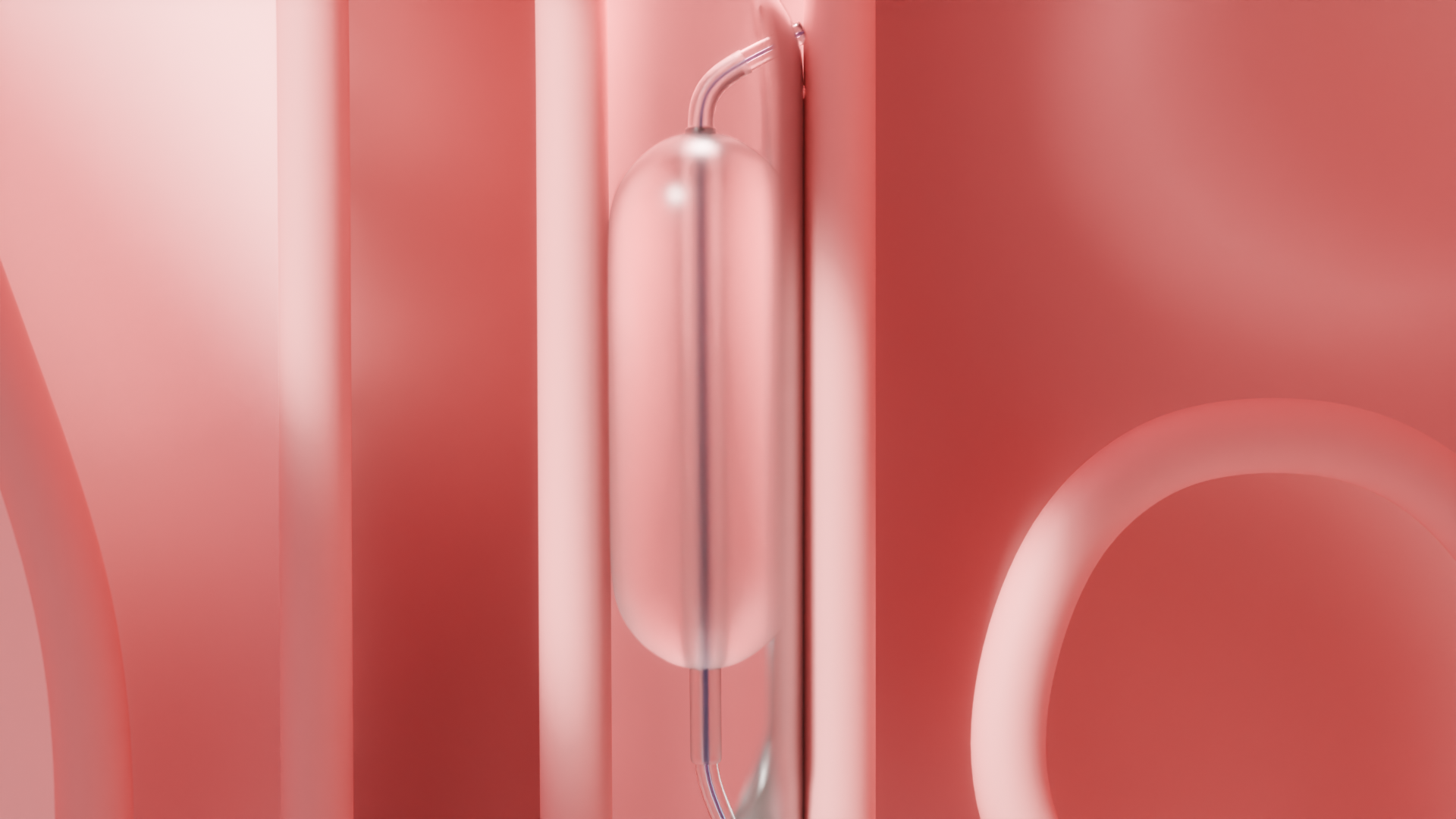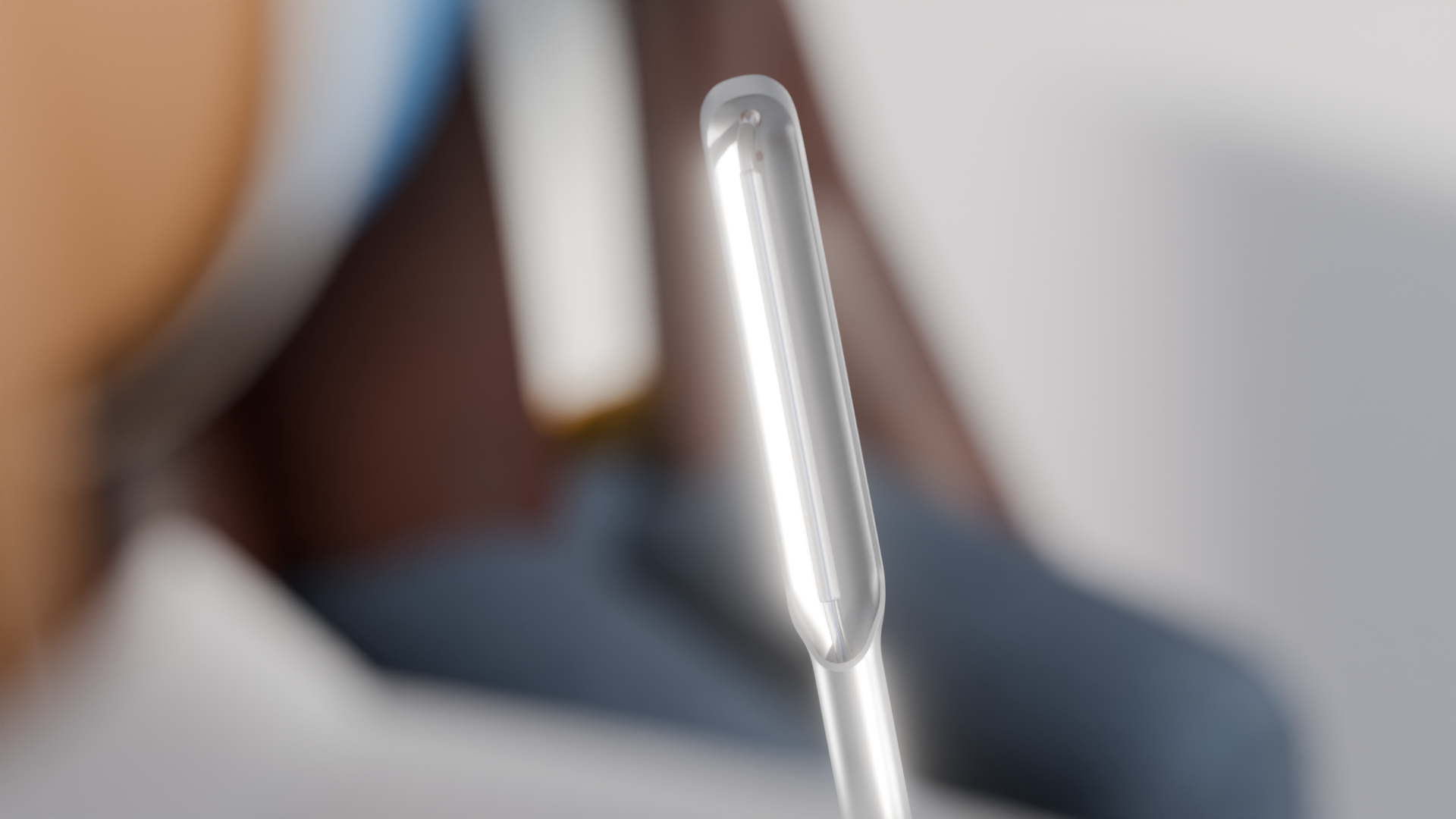Balloon Septoplasty with ClearPath: A Less Invasive Fix for a Deviated Septum

What is Balloon Septoplasty and Why It Matters
Have you struggled with persistent nasal congestion, difficulty breathing, or frequent sinus infections? You may be one of the millions affected by a deviated septum—a common anatomical condition where the nasal septum, the wall dividing your two nostrils, is crooked or off-center. This deviation often blocks airflow, potentially making breathing harder and reducing overall quality of life.
Traditionally, correcting a deviated septum involved surgical septoplasty, which requires incisions inside the nose, reshaping cartilage or bone, and often a recovery period lasting several weeks. However, advances in medical technology now offer less invasive options that reduce pain and downtime. One of the most promising options is balloon septoplasty.
Utilizing innovative tools like the ClearPath Nasal Balloon, balloon septoplasty gently realigns the nasal septum without cuts or external scars. Often performed in an ENT specialist’s office, many patients resume their normal routines within a day or so.
Learn about the ClearPath Procedure from Dr. Dillard here:
Let’s explore how the ClearPath balloon septoplasty system can provide lasting relief from nasal obstruction with less discomfort and downtime.
Recognizing the Signs of a Deviated Septum
Common Symptoms to Watch For
A deviated septum can cause a variety of symptoms, from mild annoyances to significant breathing difficulties. Consider if you experience:
- Persistent nasal congestion, often worse on one side, that doesn’t improve with decongestants
- Difficulty breathing comfortably through one or both nostrils, especially during exercise or at night
- Frequent sinus infections or ongoing sinus pressure and headaches
- Nosebleeds or persistent dryness inside your nasal passages
- Snoring or disrupted sleep, which can sometimes contribute to sleep apnea
John reports, “I always thought my stuffy nose and snoring were just seasonal. After years of discomfort and multiple sinus infections, I was surprised to learn my septum was deviated and that there were quick, office-based solutions available.”
If these symptoms disrupt your daily routine or sleep, consult an ENT specialist to discuss whether septal correction procedures like balloon septoplasty might be beneficial.
Causes and Risk Factors
Many people are born with a deviated septum—a congenital condition. Others develop it through trauma such as sports injuries or falls. Over time, aging or previous nasal surgeries may lead to further septal shifts. It’s worth noting that roughly 80% of people have some degree of septal deviation, but only some require treatment.
If you find yourself relying heavily on nasal sprays or allergy medications without lasting relief, and your congestion or breathing problems persist, it’s advisable to seek a specialist’s evaluation.
Recognizing the signs and causes is the first step toward better nasal health.
How Balloon Septoplasty Corrects a Deviated Septum

The ClearPath Nasal Balloon System Explained
Balloon septoplasty with ClearPath offers a minimally invasive method to open blocked nasal passages by gently realigning the deviated septum. Here's how it works:
- Your ENT specialist inserts a small, flexible balloon attached to a soft catheter carefully into your nostril.
- Targeting the exact location of the deviation, the balloon is gradually inflated. This reshapes the cartilage and septal structure without cutting or removing tissue.
- After holding the balloon inflated for a few seconds to remodel the cartilage, the balloon is deflated and removed.
Unlike traditional septoplasty, which may involve cartilage removal and nasal packing, the ClearPath balloon technique is tissue-sparing and scar-free.
What to Expect During the Procedure
The procedure is quick and typically comfortable:
- Done in an ENT office, it usually takes less than 30 minutes.
- Local anesthesia is applied to numb nasal passages; you remain awake but comfortable.
- Patients often feel mild pressure or fullness when the balloon inflates, but not pain.
- Because there are no incisions, swelling or bruising is minimal or absent, and nasal packing is not needed afterward.
Clinical Effectiveness Backed by Research
Clinical studies support balloon septoplasty’s effectiveness in relieving nasal obstruction. Many patients report significant improvements in breathing comfort and sinus drainage lasting months to years. Success rates typically range between 80-90%, though outcomes can vary based on the severity of the deviation and individual factors [1][3].
Many patients experience immediate relief, often noticing easier breathing within days.
This procedure offers a promising alternative for appropriate candidates.
Why Choose Balloon Septoplasty Over Traditional Surgery?
Minimally Invasive and Scar-Free
Traditional septoplasty requires incisions inside the nose, cartilage or bone removal, and often nasal packing afterward, which can cause pain, bleeding, and prolonged swelling.
In contrast, ClearPath balloon septoplasty involves no incisions, no tissue removal, and no external scars. This minimal disruption lowers the risk of cartilage weakening or nasal deformities.
Faster Recovery and Less Downtime
Recovery after conventional septoplasty can take several days to weeks, with possible time away from work or social activities.
Balloon septoplasty typically requires minimal recovery time; most patients return to work or school within 24 hours. Susan, a patient from Texas, recalls, “I had the procedure over lunch, and by the next morning, I was breathing better and ready to get back to my busy schedule.”
Patients often notice immediate improvements in airflow, with only mild soreness or congestion afterward.
Reduced Risks and Complications Compared to Traditional Septoplasty
Because balloon septoplasty avoids cutting and general anesthesia, it greatly reduces risks such as:
- Severe bleeding
- Infection
- Post-operative scarring or septal perforation
This makes it particularly suitable for patients with medical conditions that increase surgical risks.
In-Office Convenience
The procedure requires no hospitalization or overnight stay and can be scheduled conveniently at many sinus centers and ENT clinics. This makes it easier to fit treatment into busy lifestyles.
Less invasive, faster recovery, and safer — balloon septoplasty offers multiple advantages.
What Are the Risks and What to Expect During Recovery?
Potential Risks and Side Effects
As with any medical procedure, balloon septoplasty carries some risks, generally mild and temporary:
- Minor soreness or discomfort
- Temporary nasal congestion or mild swelling
- Rare cases of slight bleeding or infection (detailed pre-procedure counseling provided)
Recovery Timeline
Thanks to its gentle approach, you can usually resume normal activities within 24 hours. Over-the-counter pain relief is typically sufficient for any discomfort. Nasal breathing should improve steadily after the procedure.
How Balloon Septoplasty Differs in Recovery from Traditional Surgery
Conventional septoplasty often requires nasal packing, which can be uncomfortable and temporarily impair sinus drainage and breathing. Swelling and pain can last weeks.
Balloon septoplasty avoids these issues entirely: no packing, less pain, minimal swelling, and a simpler healing process.
Recovery is faster and smoother with balloon septoplasty.
Are You a Good Candidate for Balloon Septoplasty?
Ideal Candidates
Balloon septoplasty is generally suitable for patients who:
- Have moderate to severe nasal obstruction caused by a deviated septum
- Want a minimally invasive alternative to traditional surgery
- Prefer to avoid general anesthesia or more extensive procedures
When Traditional Surgery Might Be Recommended Instead
Severe or complex septal deviations—especially those involving major bony abnormalities or prior unsuccessful surgeries—may still require traditional septoplasty. Your ENT specialist will evaluate your nasal anatomy and medical history to recommend the best approach.
How to Get Evaluated
Schedule a thorough nasal examination with an experienced ENT specialist or at a dedicated sinus center. Centers like the Sleep and Sinus Centers of Georgia and Texas Sinus & Snoring have particular expertise in balloon septoplasty [2].
A consultation helps determine the most appropriate treatment based on your individual condition.
Consulting a specialist is essential to identify the best treatment path.
Post-Procedure Care for a Smooth Recovery
Immediate Aftercare Instructions
To support healing after balloon septoplasty:
- Avoid strenuous exercise or heavy lifting for 24 to 48 hours.
- Use saline nasal sprays to keep nasal passages moist.
- Most patients resume normal activities and return to work within one day.
Lifestyle Tips to Maintain Nasal Health
Maintaining clear nasal airways helps prolong the procedure’s benefits:
- Stay hydrated and practice gentle nasal hygiene.
- Avoid smoking and limit exposure to irritants or allergens during healing.
- Follow all follow-up instructions from your ENT provider.
When to Contact Your Doctor
Contact your healthcare provider if you experience excessive or persistent bleeding, severe pain not relieved by medication, worsening swelling, fever, or symptoms of infection.
Proper aftercare supports the best possible outcome.
Frequently Asked Questions (FAQs)
Is balloon septoplasty painful?
Most patients report mild discomfort during the procedure, if any. Post-procedure pain is minimal and manageable with over-the-counter remedies.
How soon will I notice improvement?
Many patients experience noticeably easier breathing almost immediately, with full benefits often evident within a day or two.
Will there be any scarring?
No. The procedure involves no external or internal incisions that typically result in scarring.
Can balloon septoplasty be repeated if the septum shifts again?
Yes, in select cases, the procedure may be repeated if symptoms return.
How much does balloon septoplasty cost, and is it covered by insurance?
Costs vary by provider and insurance plan. Many insurance plans cover balloon septoplasty when medically necessary. Check with your insurer and provider for specific coverage details.
For detailed information, view ClearPath clinical videos or consult your trusted ENT specialist [1][3].
Ready to Breathe Easier? Schedule Your Balloon Septoplasty Consultation
If stubborn nasal congestion, frequent sinus infections, or disrupted sleep from a deviated septum affect your life, consider exploring balloon septoplasty. The ClearPath system offers clearer breathing with minimal downtime and lasting relief.
Book your consultation today at the Sleep and Sinus Centers of Georgia or Texas Sinus & Snoring. Relief is closer—and easier—than you think!
References and Further Reading
- ClearPath Clinical Videos and Information [1]
- Sleep and Sinus Centers - Deviated Septum Relief [2]
- ClearPath Nasal Balloon System Official Site [3]
This article is for educational purposes only and is not medical advice. Please consult a qualified healthcare provider for diagnosis and treatment.
Don’t let allergies slow you down. Schedule a comprehensive ENT and allergy evaluation at Sleep and Sinus Centers of Georgia. We’re here to find your triggers and guide you toward lasting relief.






